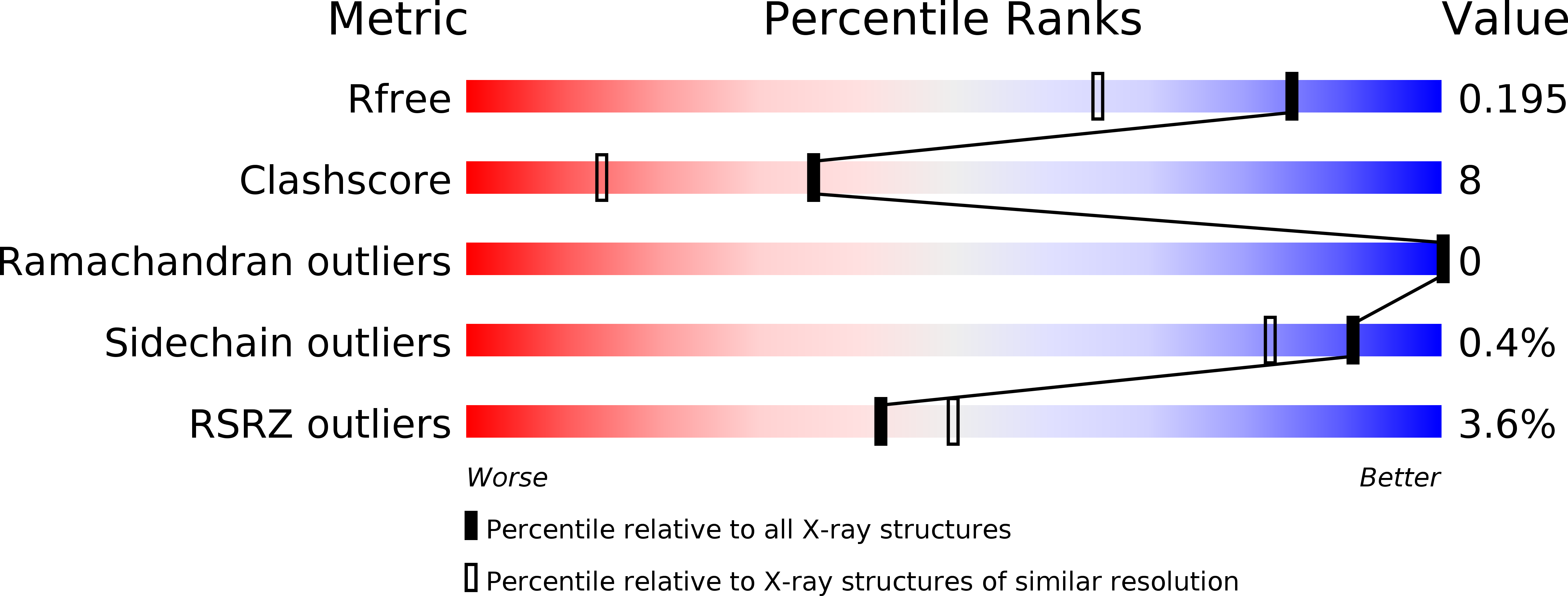
Deposition Date
2010-06-09
Release Date
2010-10-13
Last Version Date
2023-09-06
Entry Detail
PDB ID:
3NEP
Keywords:
Title:
1.55A resolution structure of malate dehydrogenase from Salinibacter ruber
Biological Source:
Source Organism:
Salinibacter ruber (Taxon ID: 309807)
Method Details:
Experimental Method:
Resolution:
1.55 Å
R-Value Free:
0.19
R-Value Work:
0.16
R-Value Observed:
0.16
Space Group:
I 2 2 2


